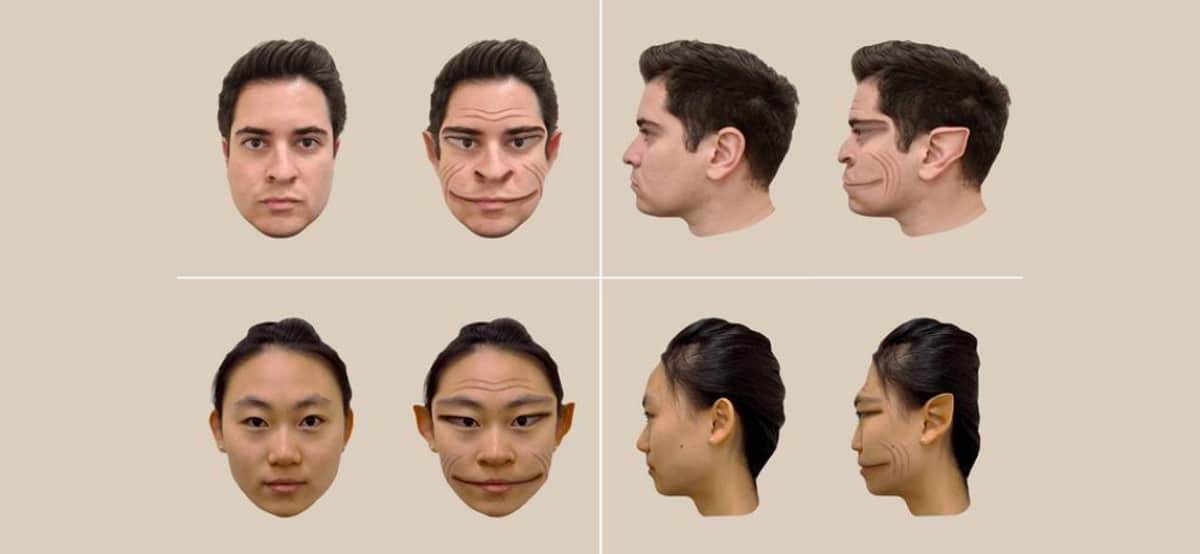
Some people are so socially anxious that they dread going outside, especially if they have to meet many strangers. However, some patients up the ante. Due to a very rare and even more misunderstood condition, the faces of people they see in person appear extremely distorted. The rest of their field of vision is fine, it’s just human faces that appear deformed.
A new study that focused on one such patient has now provided an unprecedented glimpse into this bizarre perspective. Using the patient’s feedback, the researchers digitally altered portraits so we could see them through their eyes.
Faces Through Distorted Lenses
This strange condition, where faces or parts of them appear distorted, is known as prosopometamorphopsia. The term “prosopo” derives from the Greek word for face, “prosopon,” and “metamorphopsia” describes changes or perceptual distortions.
Prosopometamorphopsia (PMO) is not a psychiatric condition, although many patients have tragically been diagnosed with schizophrenia and put on the wrong drugs. It is the result of malfunctions in a complex network of brain regions responsible for processing faces. The degree of these distortions varies from patient to patient and can affect the shape, size, color, and position of facial features.
Individuals with PMO experience discomfort and distress when viewing faces. As one might imagine, this can make things quite awkward at family reunions. While most people recover from this condition within a few days or weeks, others may see distorted faces for years. It’s not clear how common this condition is, but there are only around 75 documented cases, so it seems to be quite rare.
The researchers at Dartmouth University have been studying PMO for some time. For their new study, they recruited a 58-year-old man with prosopometamorphopsia (PMO). Uniquely, he perceives faces without distortion when viewed on screens or paper, but sees demonic-like distortions in person.
Researchers displayed various portraits of volunteers on the computer screen to the man while he simultaneously viewed the person’s actual face. By receiving immediate feedback from him on the differences between the on-screen image and the real person, they adjusted the photo with computer software to accurately mirror the distortions he perceived.
“In other studies of the condition, patients with PMO are unable to assess how accurately a visualization of their distortions represents what they see because the visualization itself also depicts a face, so the patients will perceive distortions on it too,” says lead author Antônio Mello, a PhD student in the Department of Psychological and Brain Sciences at Dartmouth.
“Through the process, we were able to visualize the patient’s real-time perception of the face distortions.”
Future Directions in Research and Awareness
The study aims to raise awareness about this condition. Even people with PMO often don’t know they have this particular condition. When they muster up the courage to seek a health professional, many times they are mistakenly diagnosed with a psychiatric illness.
“It’s not uncommon for people who have PMO to not tell others about their problem with face perception because they fear others will think the distortions are a sign of a psychiatric disorder,” said senior author Brad Duchaine, a professor of psychological and brain sciences and principal investigator of the Social Perception Lab at Dartmouth. “It’s a problem that people often don’t understand.”
The classification of PMO often depends on which part of the face is distorted. Our current understanding of why people experience different forms of PMO is limited, which is why this research is valuable.
The findings appeared in the journal The Lancet.









